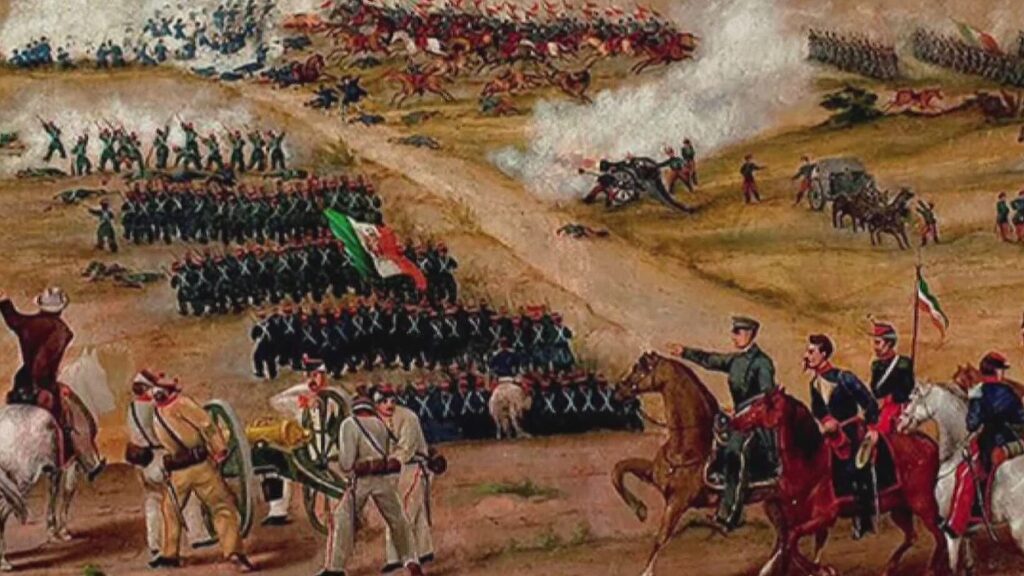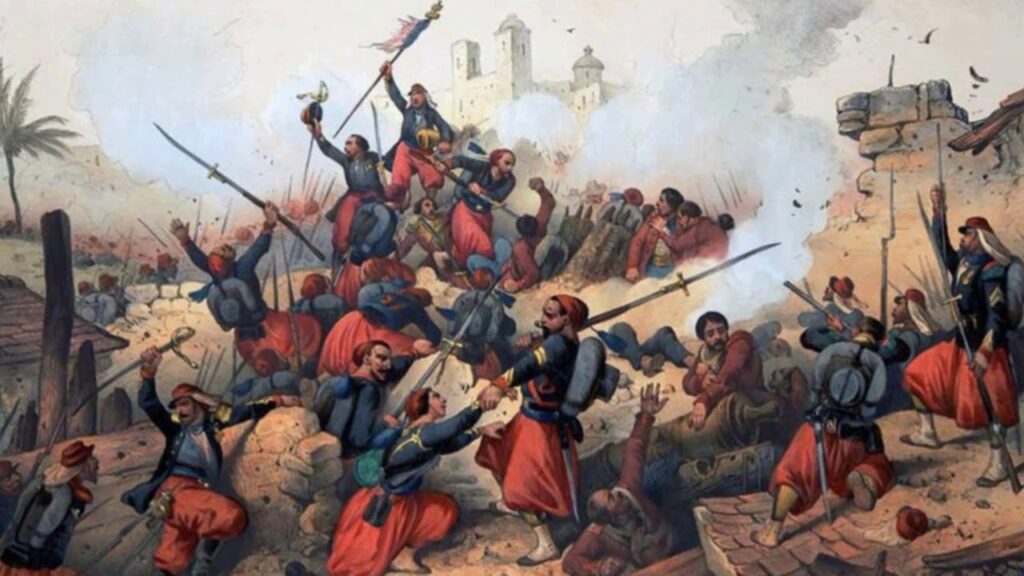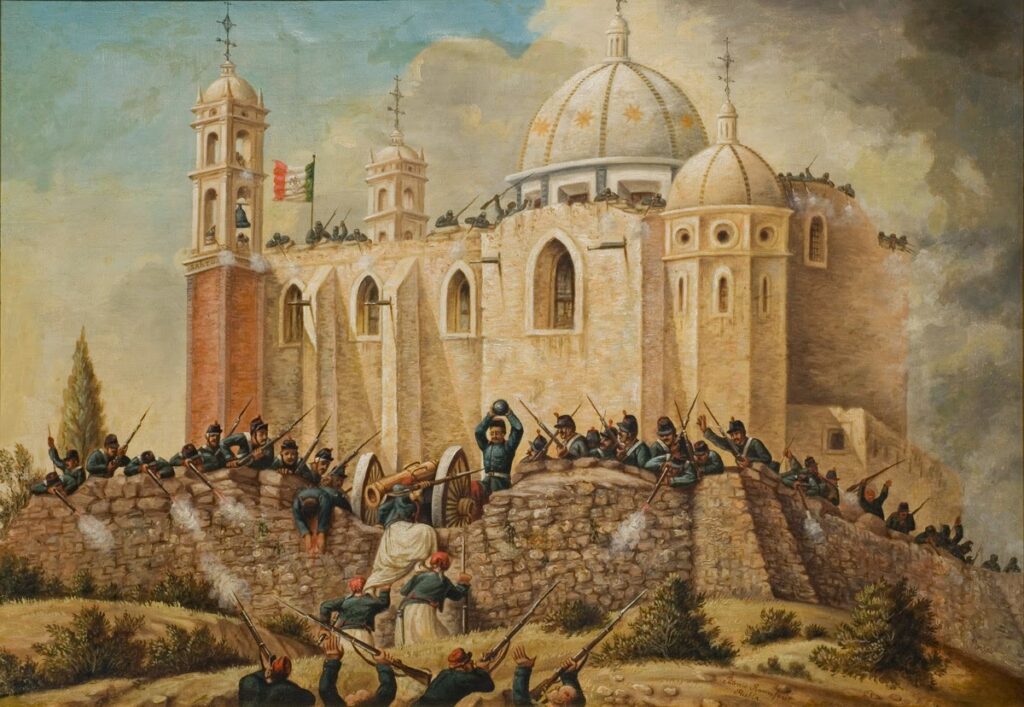Americans love to celebrate Cinco de Mayo. It’s hard to imagine there’s anyone who doesn’t love to sip margaritas or Coronas at their favorite Mexican restaurant. Some of us probably even partake in a little dancing. However, for many Americans, the origin of this celebration of Mexican culture is a little unclear.

Cinco de Mayo: Historical Significance and Misconceptions
Some think it has to do with the Mexican-American War of 1846-1848, and they’re not entirely wrong—it was a display of resistance from those who opposed the war. Some believe it’s a celebration of Mexico’s Independence Day, which is actually on the 16th of September. The holiday commemorates a military victory, but it is not a victory for the United States.
The Battle of Puebla
In 1862, as the U.S. was fighting the Civil War, Mexico was fighting a French invasion. Because its economy had been wracked by a civil war of its own, the Mexican government instituted a two-year moratorium on its loans to European powers. This infuriated the British, Spanish, and French. Mexico settled agreements with Britain and Spain, but France could not be talked down. Emperor Napoleon III wanted to oust the Mexican government and make his cousin Maximilian king of Mexico.
France began its invasion in April of 1862 and broke out of the port city of Veracruz. After some initial victories, the French forces advanced on La Puebla de Los Angeles. The defense of La Puebla was left to Gen. Ignacio Zaragoza, who fought in Mexico’s recent civil war and was more of a guerrilla leader than a traditionally trained officer. With him was a ragged force of around 3,000 men.

The French Army numbered more than 5,000 battle-hardened troops who were fresh from war in both Europe and Indochina. Their leader, Gen. Charles de Lorencez, believed that once the battered, war-weary Mexicans realized they were outnumbered, they just might give in and be led by a European king. Not only was he wrong, his performance in the battle all but assured his defeat.
The town was surrounded by a series of five fortresses, and the French sent the bulk of their troops against the two that appeared to be in the worst states of repair. After the first few hours of fighting, the French had taken none of the fortresses, suffered heavy casualties, and expended half their artillery ammunition. Things did not get better from there.

France’s elite North African troops, the Zouaves, were absolutely wrecked during the battle. The French would also use all of their artillery by the end of the day, and without fire support, the last of French reserves were repelled. To make matters worse, it began to rain, and the battlefield turned to mud. When Lorencez had enough and ordered a retreat, he found out the Mexicans had plenty of artillery ammunition left. They harassed the retreating French while singing the French national anthem until the last Frenchman was out of sight.

This big Mexican victory over the French Army was little more than a bright spot in a string of defeats. Maximilian took control of Mexico’s government as Emperor in 1864, but Mexican President Benito Juarez continued fighting. When the U.S. Civil War ended, Americans began buying Mexican bonds to funnel money to Juarez while the U.S. government began sending supplies and arms. In 1867, Maximilian was ousted and executed while the rest of France was sent packing to Europe.
Cinco de Mayo Today: Celebrating Mexico’s Rich Heritage
Ever since the Battle of Puebla, Americans have celebrated the Fifth of May as a commemoration of Mexico’s distinct culture. Cinco de Mayo has even become a much bigger holiday among Mexican-Americans inside the U.S. than in Mexico itself – so feel free to tip a pint of Modelo to our Southern neighbor and our shared determination to resist European rule.
Read About Other Military Myths and Legends
If you enjoyed learning about the Cinco De Mayo, we invite you to read about other military myths and legends on our blog. You will also find military book reviews, veterans’ service reflections, famous military units and more on the TogetherWeServed.com blog. If you are a veteran, find your military buddies, view historic boot camp photos, build a printable military service plaque, and more on TogetherWeServed.com today.

0 Comments